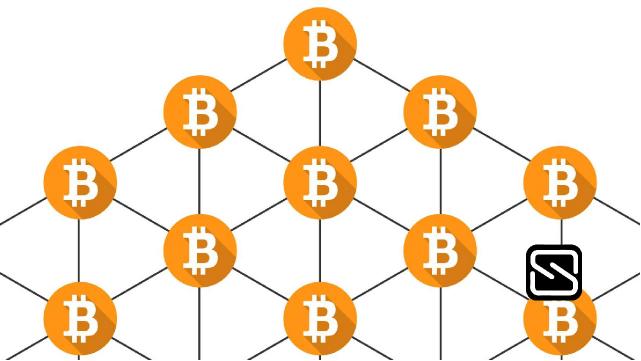What are Bitcoin nodes?
We explore what Bitcoin nodes are, as well as the different types of Bitcoin nodes and their role in the Bitcoin network.
By Staff
Without Bitcoin nodes, Bitcoin as we know it would only be a concept known by a few computer scientists.
Below, we explore what Bitcoin nodes are, as well as the different types of Bitcoin nodes and their role in the Bitcoin network.
In the Bitcoin blockchain, traditional third-party payment systems are replaced by a distributed network of node operators and miners who validate transactions without censorship or permission. Bitcoin nodes are the underlying infrastructure of the Bitcoin network, securing and maintaining it. They validate, broadcast, process, and store BTC transactions.
It is difficult to assess the exact number of active Bitcoin nodes, as users can choose to connect privately in order not to reveal or count them. There are very contradicting figures between one source and another. Some sources only calculate that there are just over 13,000 Bitcoin nodes. On the other hand, popular Bitcoin Core developer Luke Dash Jr estimated about 83,000 Bitcoin Core nodes were active in Jan. 2021 while recording a steep decline in 2022 to roughly 50,000. It should be noted that the more active and connected nodes to the Bitcoin network, the more robust and decentralized it becomes.
Types of Bitcoin nodes
Full nodes
When a transaction occurs, a full node picks it up. Full nodes store the entire blockchain and can fully verify all rules of the Bitcoin network using the Bitcoin software. A full node checks the transaction’s validity against the blockchain history and the set of rules encoded in the Bitcoin software.
If the transaction is valid, the full node broadcasts it to other nodes it’s connected to. These nodes go through the same verification process. Once a sufficient number of full nodes agree the transaction is valid, it’s added to a pool of other valid transactions.
Miners
Mining nodes, or miners, pick up transactions from this pool and package them into blocks. Miners run a version of the Bitcoin software that contains special rules for creating and proposing blocks to the Bitcoin network. This includes things like how big a block can be, how to format transactions, and how to sign a block.
Miners compete against one another in a race to create the next block. Once a miner thinks it has created a valid block, it broadcasts the proposed block to other nodes on the Bitcoin network.
Full nodes and miner nodes are the most essential components of the Bitcoin network though they perform different functions. While a miner will run a node necessarily, a full node runner won’t necessarily be a miner. The average Bitcoin node’s task is to validate transactions and blocks, whereas the miner node will provide the specialized mining hardware necessary to resolve complex mathematical problems to create a new block and upload new transactions into it.
Against popular opinion, miners actually have limited power. They could potentially reorganize the blockchain and add or remove transactions, but they would need to spend an extraordinary amount of computing power, making it not worth it. A powerful miner could attack Bitcoin, but miners could not completely change or destroy Bitcoin because full nodes rely on miners only for the few functions highlighted previously.
Light nodes
Light or lightweight nodes will only download the essential data from processed transactions, are used as wallets, and connect to full nodes. They only download the block header, which is the summary of a block containing a hash reference to the previous block, the mining time, and the nonce (unique identifying number) of previous transactions.
Light nodes only process little portions of the blockchain instead of the whole dataset, as in full nodes. They are ideal for nodes that don’t have a lot of storage or processing capacity and are more cost-efficient to own than full nodes.
A light node is tasked to verify whether transactions were included in a block through Simplified Payment Verification (SPV). It helps keep the blockchain network decentralized but does not validate all its transactions and doesn’t store a copy of the entire blockchain.
There are other types of bitcoin nodes including archival full nodes, pruned full nodes, master nodes, and lightning nodes.
Although running a Bitcoin node doesn’t offer any monetary incentive, it still provides several advantages such as;
- Running a full node offers more privacy and anonymity than relying on third-party servers to process your transactions. Intermediary services can expose your wallet address and compromise your privacy.
- Full control over your Bitcoin holdings.
- Contribution to the network security and integrity, ensuring that all the Bitcoin protocol’s rules are strictly applied.
- Bitcoin nodes also help keep the double-spending at bay, preventing users from attempting to spend the same cryptocurrency twice.
